Taco Talk: What Exactly *Is* Mexican Food Anyway?
Table of Contents
- Introduction: More Than Just Tacos
- A Spicy Slice of History
- Essential Ingredients in Mexican Cooking
- Regional Spice Variations Across Mexico
- Spice Tips for Cooking Mexican at Home
- Debunking Myths About Mexican Spice Levels
- Street Food & Soul: The Heartbeat of Mexican Cuisine
- Global Influence & Adaptation of Mexican Flavors
- Conclusion: It’s Not Just Food — It’s Culture
Introduction: More Than Just Tacos
If you’ve ever ordered nachos at a Tex-Mex joint and called it Mexican food, no judgment — but you might be surprised how deep this culinary rabbit hole goes. From fiery chiles to earthy herbs, Mexican food is a global spice tradition that blends indigenous roots with colonial influences and modern twists.
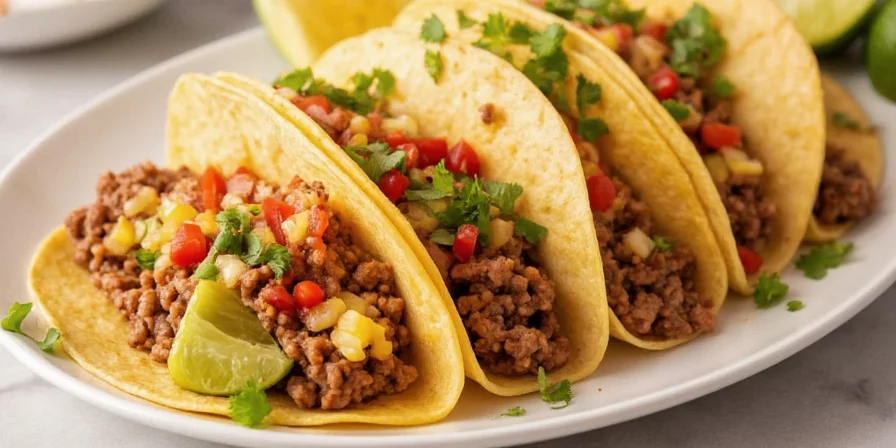
A Spicy Slice of History
The story of Mexican cuisine begins long before burritos showed up on college campuses. Ancient civilizations like the Aztecs and Mayans laid the foundation using staple ingredients like corn, beans, squash, and of course — chiles. When the Spanish arrived in the 16th century, they brought dairy, pork, and rice, which blended into what we now recognize as traditional Mexican fare.
| Era | Key Ingredients | Spice Level (1-5) |
|---|---|---|
| Aztec Empire | Corn, tomatoes, cacao, chiles | 4 |
| Colonial Era | Lard, cheese, cinnamon, vinegar | 3 |
| Modern Day | All of the above + globalization! | 5 |
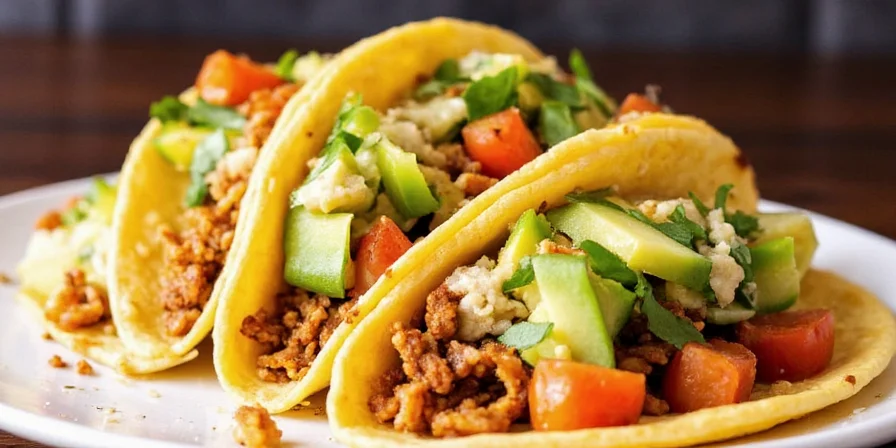
Essential Ingredients in Mexican Cooking
Mexican cuisine wouldn’t be the same without its iconic flavor bombs. Here are the most essential players in the spice game:
- Jalapeños: Mildly hot, commonly used fresh or pickled.
- Habanero: Super spicy, fruity notes, often found in Yucatán dishes.
- Guajillo: Dried chile with smoky sweetness; common in sauces.
- Chipotle: Smoked and dried jalapeño; adds a rich, earthy heat.
- Cumin: Earthy and bold, popular in chorizo and stews.
- Cilantro: Fresh herb that polarizes taste buds worldwide.
- Lime: Brightens up any dish and balances heavy spices.
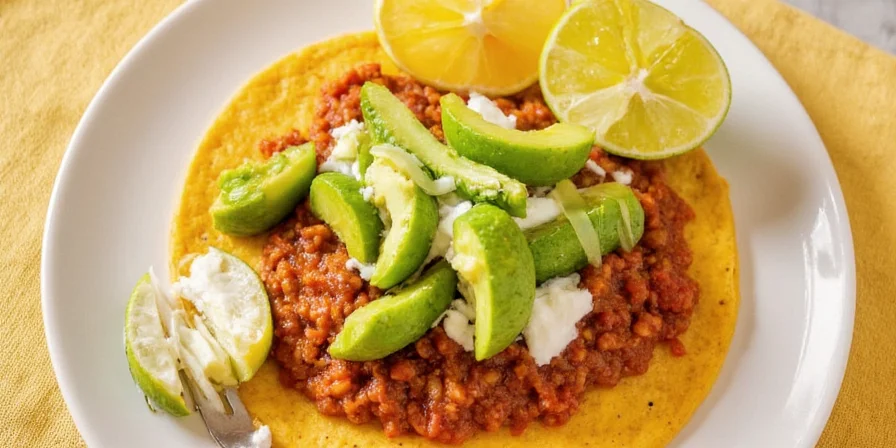
Regional Spice Variations Across Mexico
Mexico isn't just one big plate of enchiladas — each region has its own distinct spice profile and cooking methods. Let’s break it down:
| Region | Signature Dish | Main Spice(s) | Heat Level |
|---|---|---|---|
| Oaxaca | Mole Negro | Chocolate, cinnamon, ancho chile | 2 |
| Yucatán | Cochinita Pibil | Achiote, habanero | 4 |
| Northern Mexico | Barbacoa | Garlic, cumin | 3 |
| Central Mexico | Tacos al Pastor | Pineapple, chili powder | 3 |
| Veracruz | Arroz a la Tumbada | Seafood, saffron | 2 |
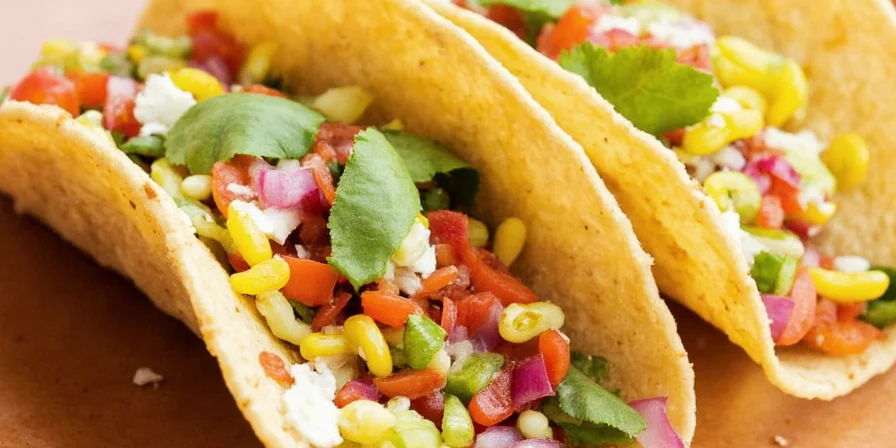
Spice Tips for Cooking Mexican at Home
Ready to bring some south-of-the-border flavor into your kitchen? Here are five pro tips to level up your Mexican home cooking game:
- Toast Your Chiles: Heat dried chiles briefly in a dry pan to unlock their oils and deepen flavor.
- Don’t Skip the Lime: A squeeze of lime after cooking can transform a dish from “meh” to “¡Ay, qué rico!”
- Build Layers of Flavor: Start with aromatics (onion, garlic), add ground spices, then liquids. Cook slowly for complexity.
- Use Fresh Herbs: Cilantro or epazote can make or break a mole or salsa.
- Adjust Spice Levels Gradually: Taste as you go — better too mild than too spicy!
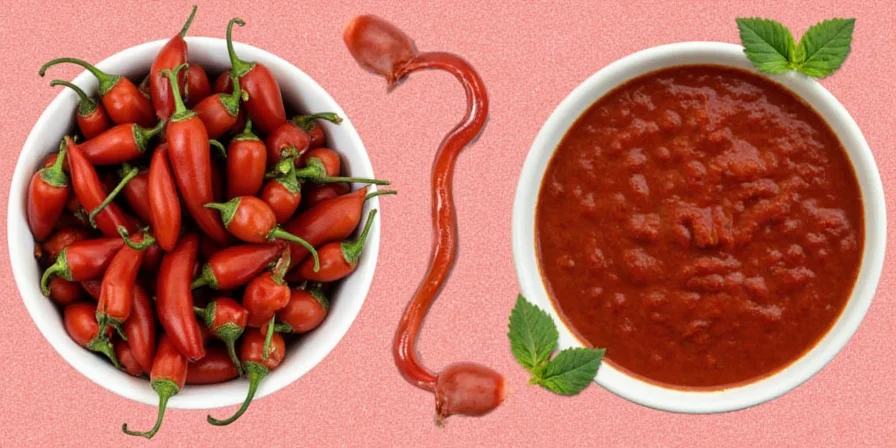
Debunking Myths About Mexican Spice Levels
We get it — when someone hears “Mexican food,” they imagine sweating profusely over a plate of ghost pepper tacos. But let’s set the record straight:
- Myth: All Mexican food is super spicy.
Truth: Most traditional dishes are balanced and not overly hot unless specified. - Myth: Spiciness equals quality.
Truth: Depth of flavor and technique matter more than heat level. - Myth: If it doesn’t hurt going down, it’s not authentic.
Truth: Authenticity is about history, technique, and culture — not pain tolerance.
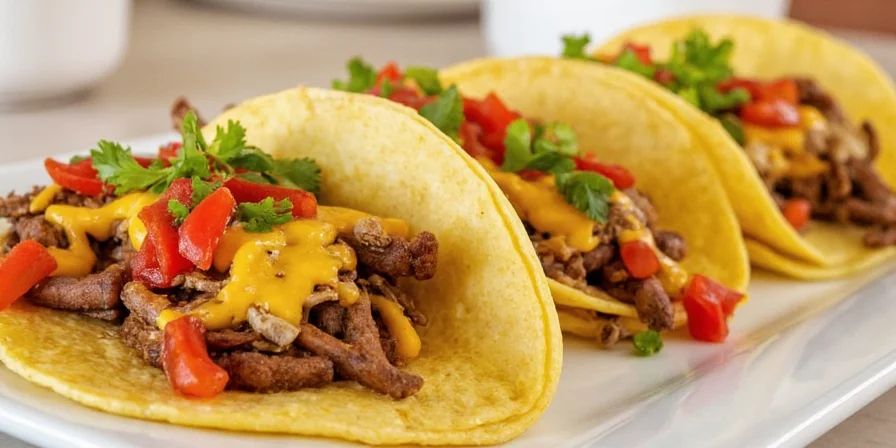
Street Food & Soul: The Heartbeat of Mexican Cuisine
Mexican street food is where flavor meets function. Whether it's elote grilled on a cart or tacos al pastor from a truck, these bite-sized wonders pack serious spice and soul. Here are a few favorites:
- Elote: Grilled corn topped with mayo, cotija cheese, chili powder, and lime.
- Tlayudas: Giant Oaxacan tortillas loaded with beans, meat, avocado, and spicy salsas.
- Quesadillas: Stuffed with cheese, squash blossoms, huitlacoche, or spicy chorizo.
- Empanadas: Fried pockets filled with spiced beef or picadillo.
- Sopes: Thick masa bases topped with spicy beans, shredded meats, and tangy cream.
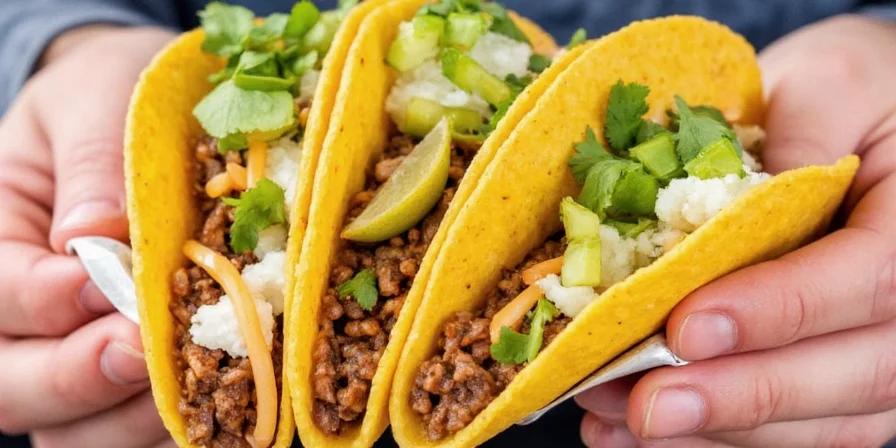
Global Influence & Adaptation of Mexican Flavors
Mexican flavors have traveled far beyond its borders — and the world is better for it. Here’s how different cultures have adopted and adapted Mexican spices:
- Korean-Mexican: Kimchi tacos, anyone? Fermented spice meets smoky chipotle.
- Indian-Mexican: Tikka masala quesadillas — yes, really. Cumin and garam masala blend beautifully.
- Japanese-Mexican: Sushi burritos use wasabi mayo and chili oil for fusion flair.
- African-Mexican: Nigerian jollof rice tacos? Add scotch bonnet and lime for double heat.
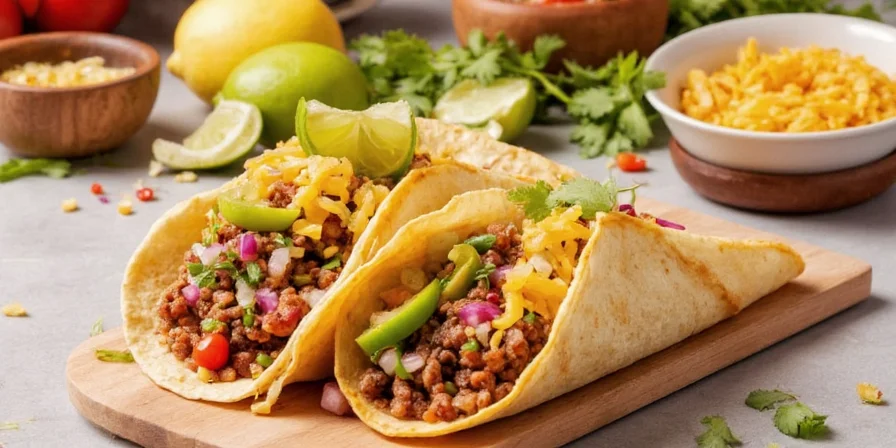
Conclusion: It’s Not Just Food — It’s Culture
Mexican food is more than a meal — it’s a celebration of history, culture, and community. Whether you’re grinding your own spices for mole or grilling street tacos on a weeknight, you’re participating in a global spice tradition that’s rich, layered, and full of life. So grab your favorite chiles, crank up the music, and start cooking. ¡Buen provecho!
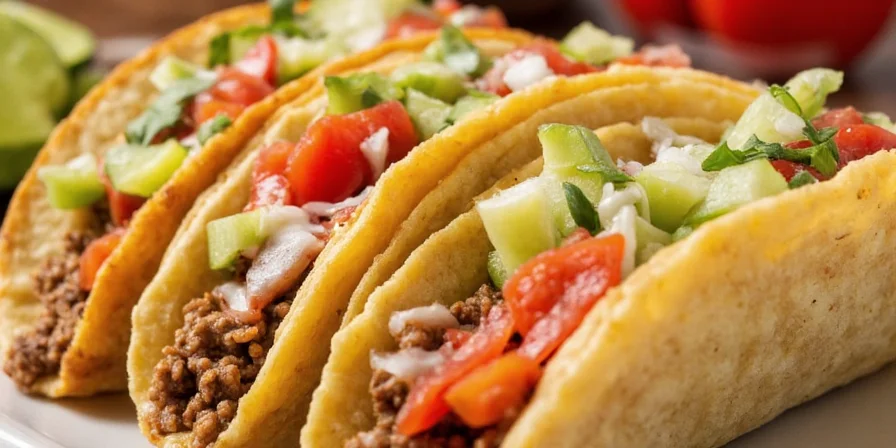

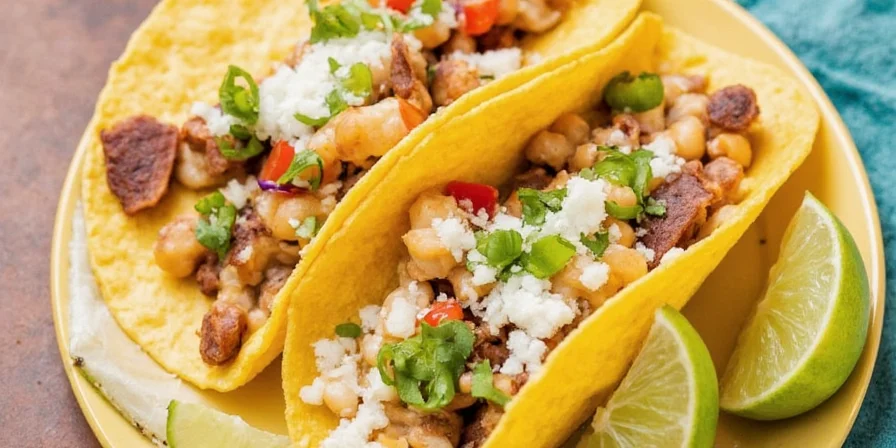









 浙公网安备
33010002000092号
浙公网安备
33010002000092号 浙B2-20120091-4
浙B2-20120091-4